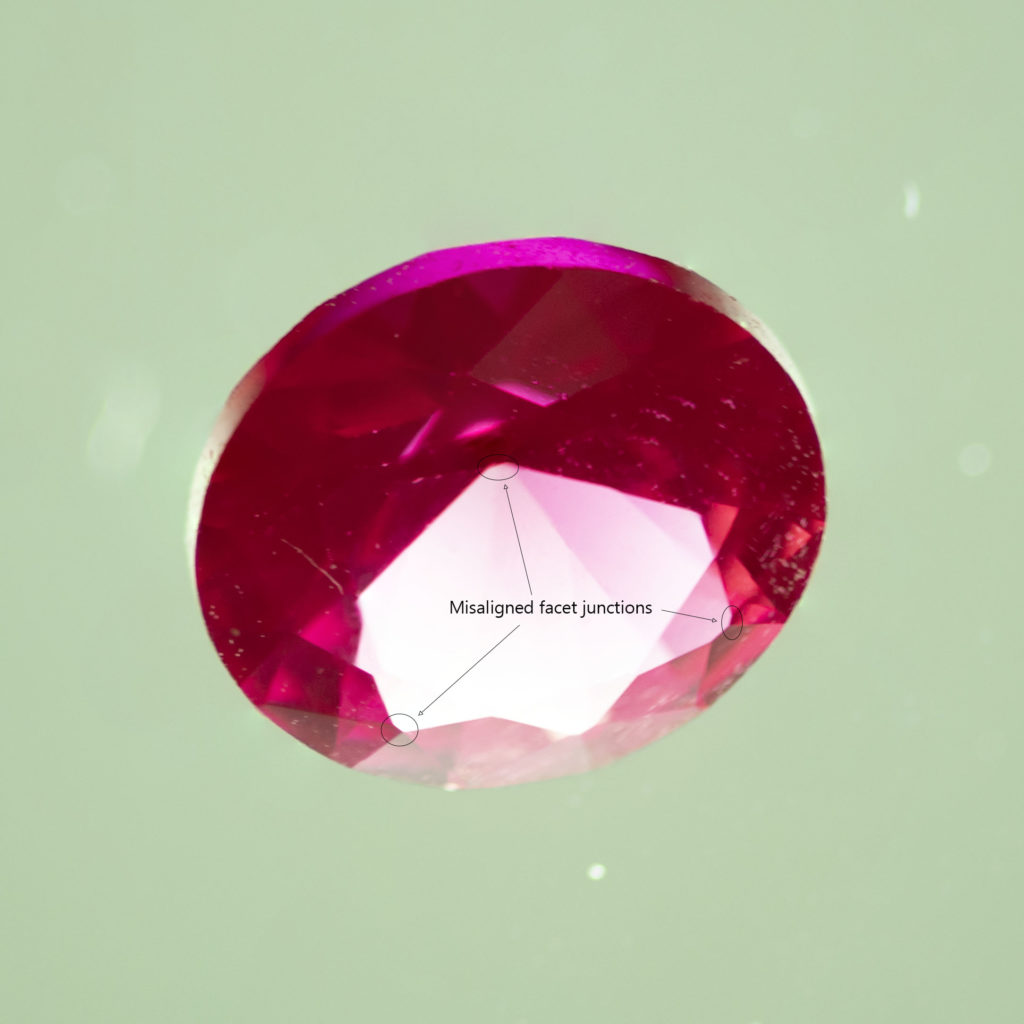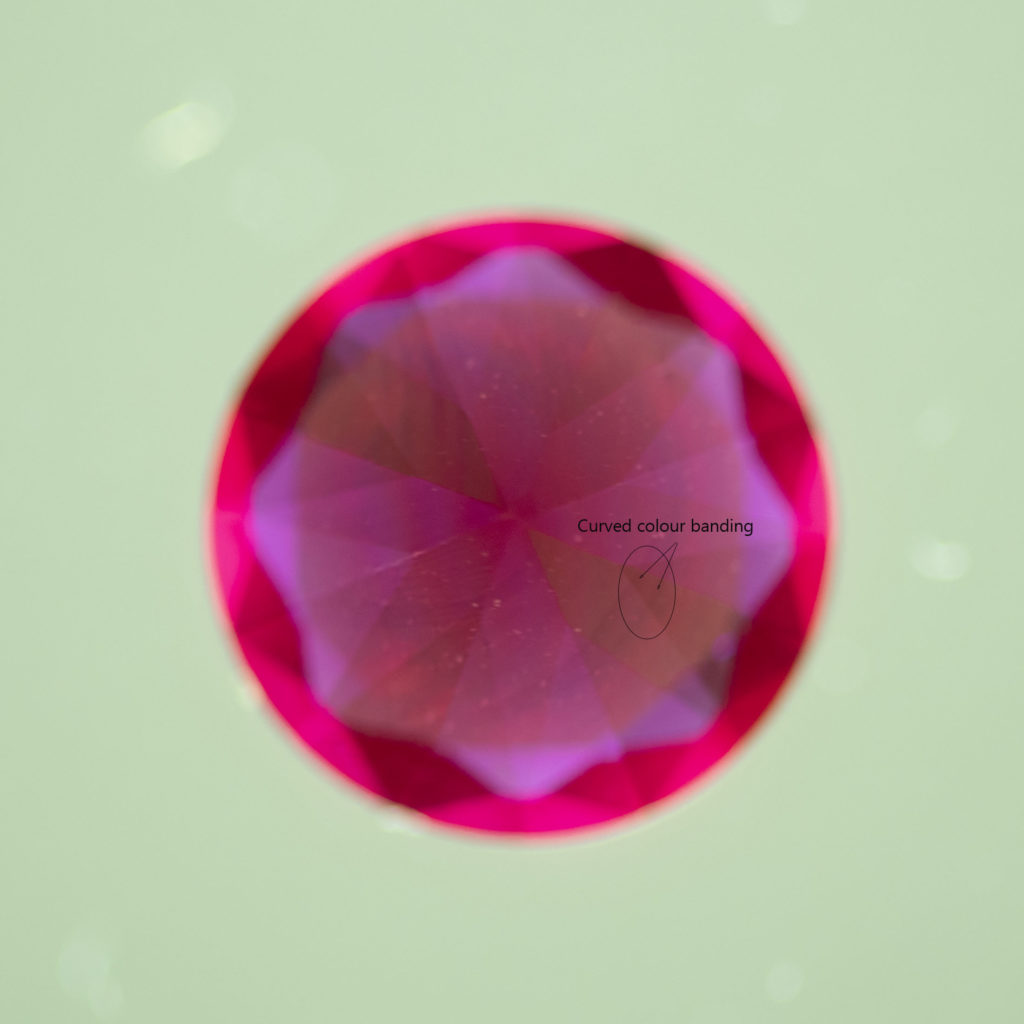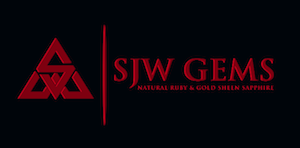A friend sent me a ruby to help assess the value a parcel they were considering as an investment. On first glance it looked like a very nice gem, but all that can be said about it at that stage is “it is a red transparent stone”. The parcel was reported to have come from the Luc Yen mines in Vietnam, a source of exceptional rubies and spinel.
The first step is to determine if it is actually ruby. A minute or so with the refractometer revealed an RI of 1.762 to 1.77, as expected for corundum. It’s birefringent nature was verified under the polariscope, with a lovely uniaxial figure. No more testing needed here, it’s clearly corundum.
Next is to look under magnification. Under a 10x loupe, the gem is remarkably clean, there are no inclusions to be seen at all. This is either an exceptional natural ruby, in the order of $10,000 per carat, or it is a synthetic worth tens of dollars per carat. One point of note is that the girdle was not polished and many of the crown facets were misaligned. Generally I would expect a top value ruby to also have excellent facets and finish.

Under higher magnification, 30x, the gem was still essentially flawless. However, under diffuse lighting curved colour banding could be clearly seen. Curves simply don’t appear in natural corundum, but are a common feature of synthetic gems made with the flame fusion process.
These photos were taken with a Canon DSLR and 100mm macro lens. The ruby is 6.5mm in circumference and the optics are pushed to their limits to get an image at about 25x magnification. Nevertheless, the features are clear enough to be made out, though they are much more obvious under a microscope. The white spots are just specs of dust on the surface.

At this point there is no doubt it is synthetic ruby. A very nice gem, but worth maybe $30 at most.
